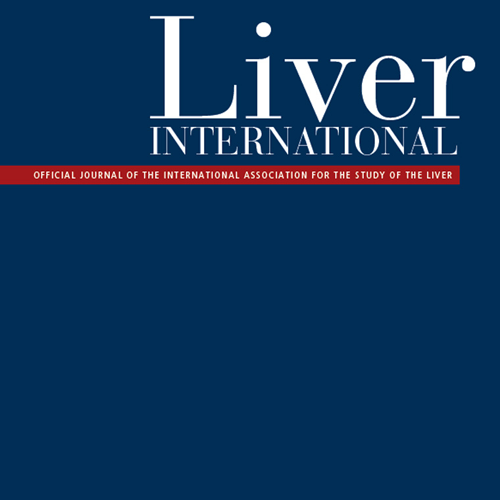Summary
Background and Aim
Decisions on public health issues are dependent on reliable epidemiological data. A comprehensive review of the literature was used to gather country-specific data on risk factors, prevalence, number of diagnosed individuals and genotype distribution of the hepatitis C virus (HCV) infection in selected European countries, Canada and Israel.
Methodology
Data references were identified through indexed journals and non-indexed sources. In this work, 13 000 articles were reviewed and 860 were selected based on their relevance.
Results
Differences in prevalence were explained by local and regional variances in transmission routes or different public health measures. The lowest HCV prevalence (=0.5%) estimates were from northern European countries and the highest (=3%) were from Romania and rural areas in Greece, Italy and Russia. The main risk for HCV transmission in countries with well-established HCV screening programmes and lower HCV prevalence was injection drug use, which was associated with younger age at the time of infection and a higher infection rate among males. In other regions, contaminated glass syringes and nosocomial infections continue to play an important role in new infections. Immigration from endemic countries was another factor impacting the total number of infections and the genotype distribution. Approximately 70% of cases in Israel, 37% in Germany and 33% in Switzerland were not born in the country. In summary, HCV epidemiology shows a high variability across Europe, Canada and Israel.
Conclusion
Despite the eradication of transmission by blood products, HCV infection continues to be one of the leading blood-borne infections in the region.
Countries: Canada, Czech Republic, France, Germany, Greece, Hungary, Israel, Italy, Norway, Poland, Portugal, Romania, Russia, Spain, Sweden, Switzerland, Turkey, United Kingdom

